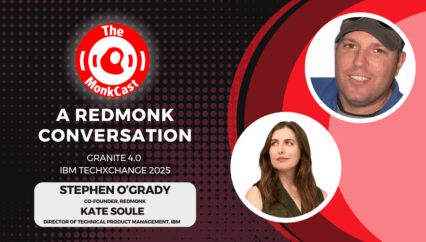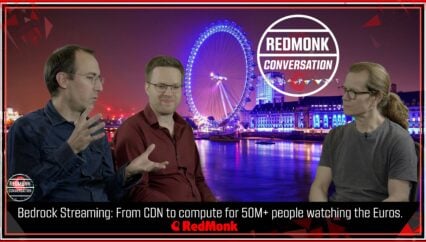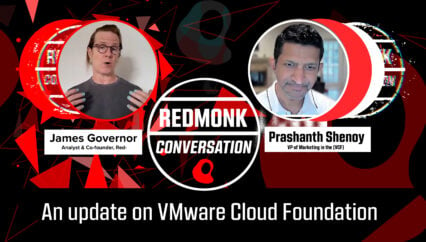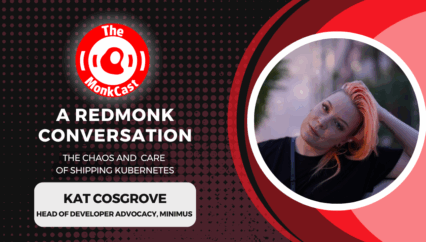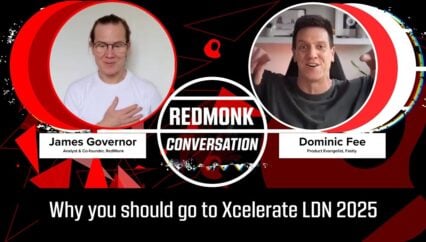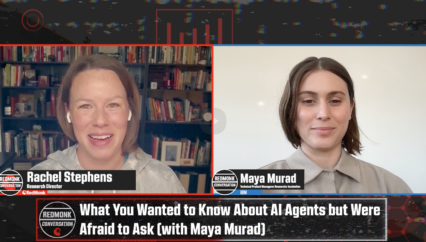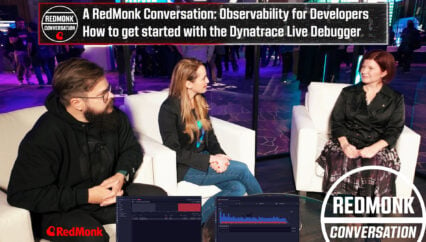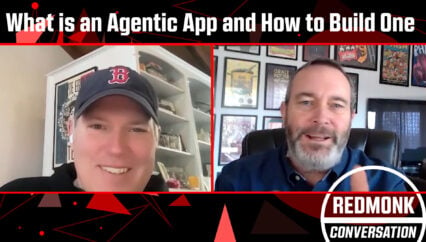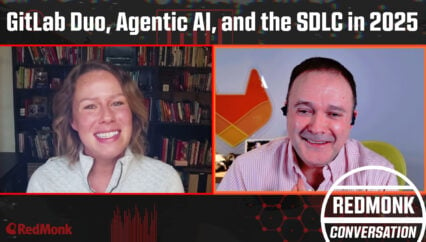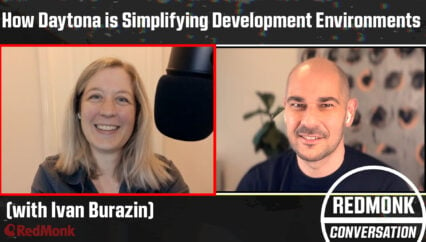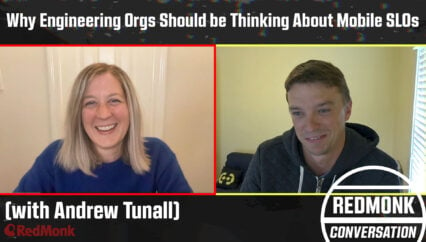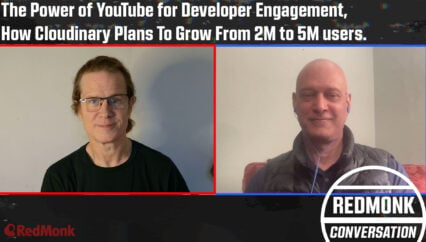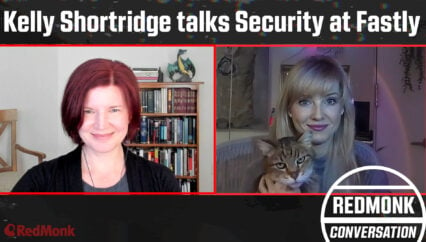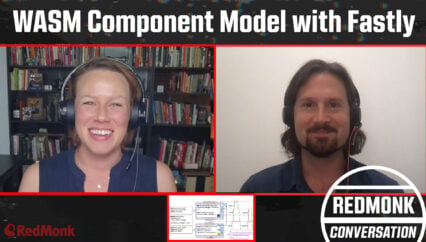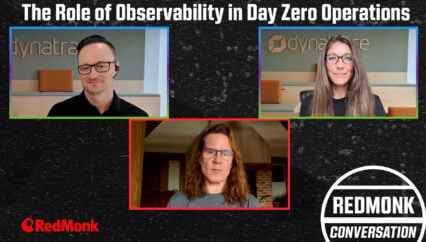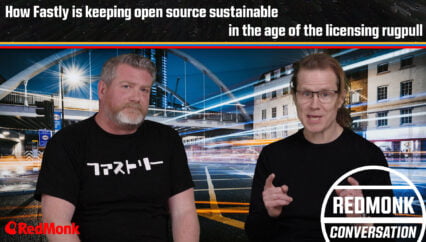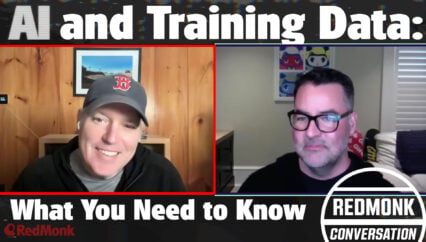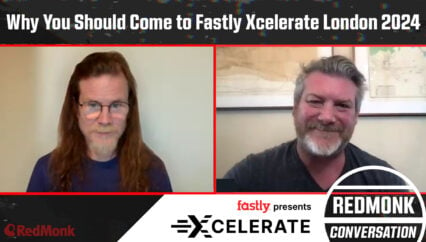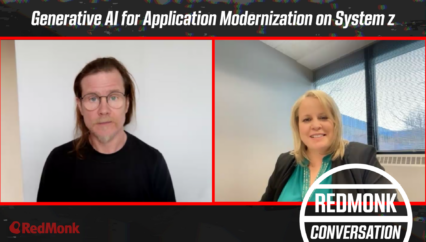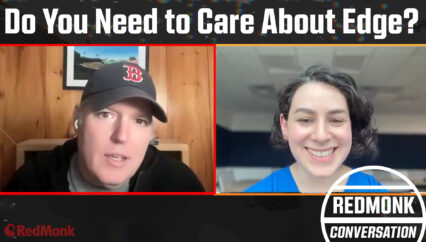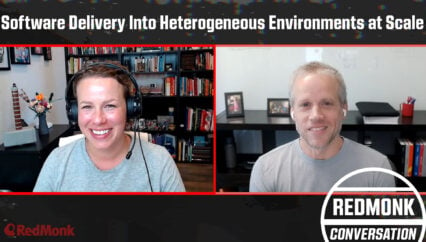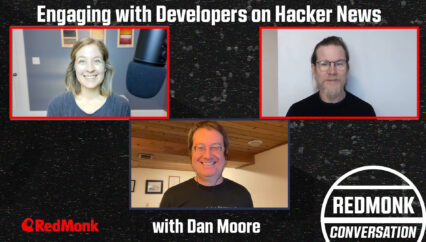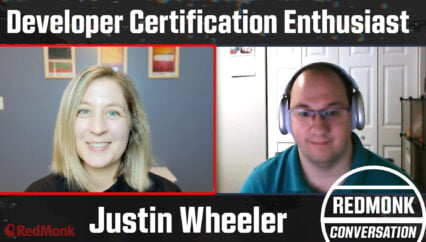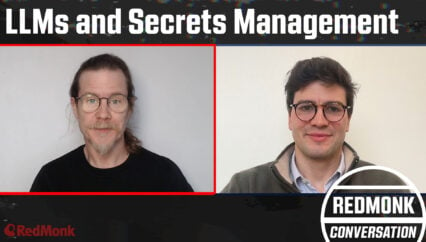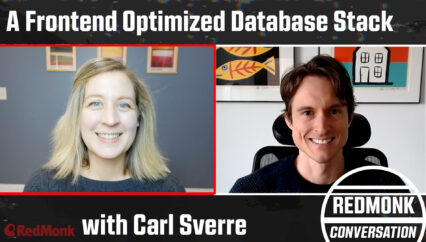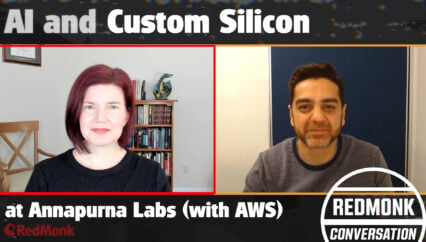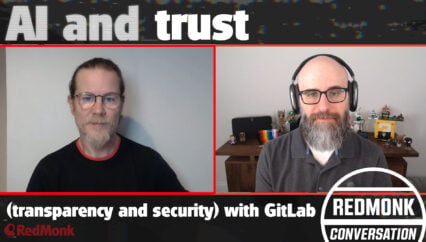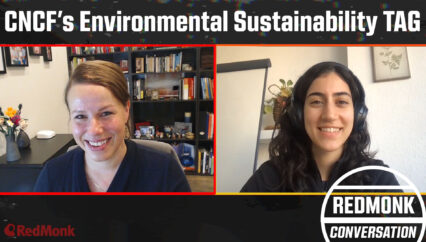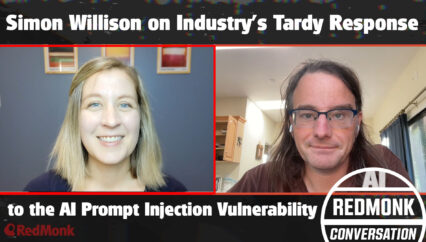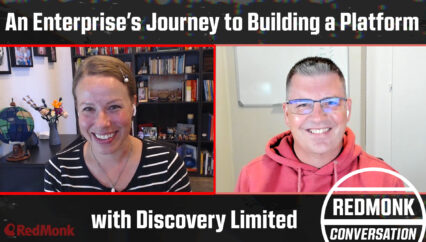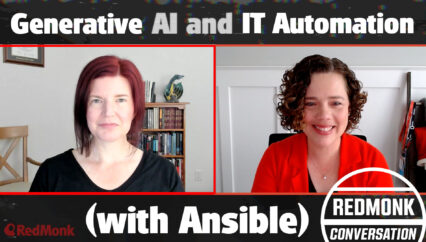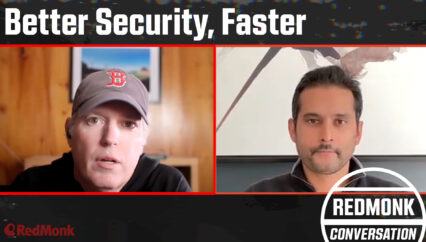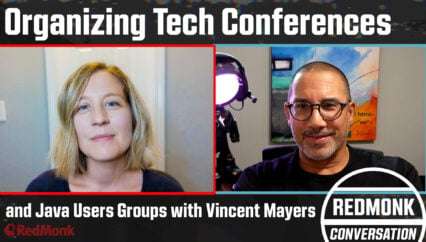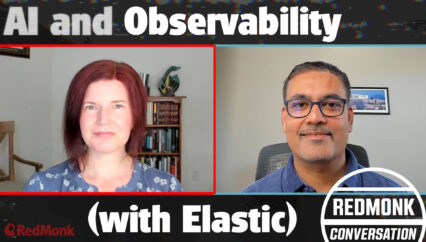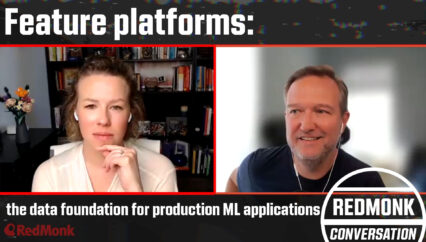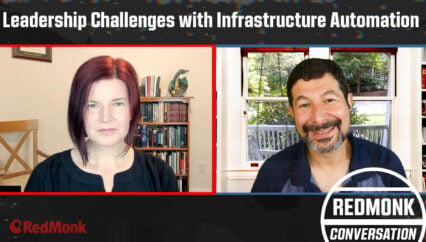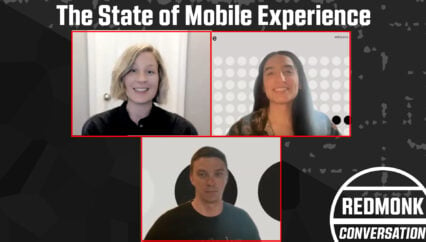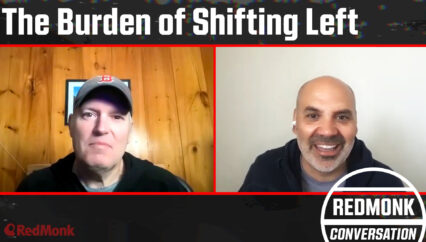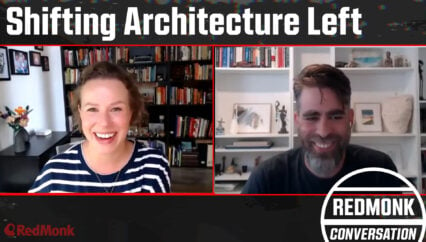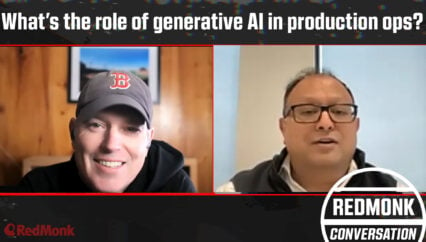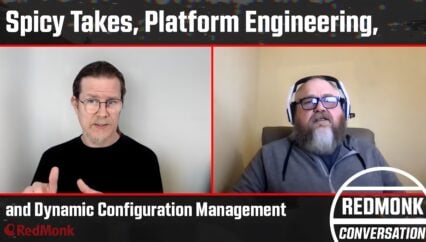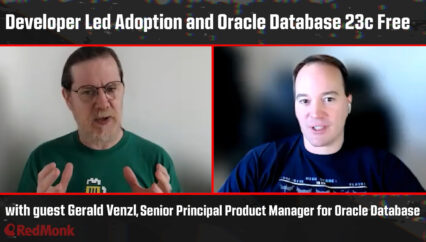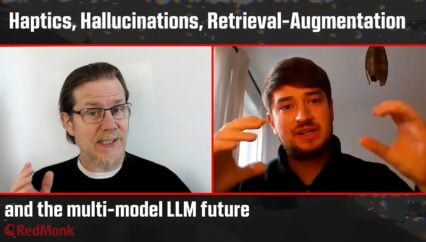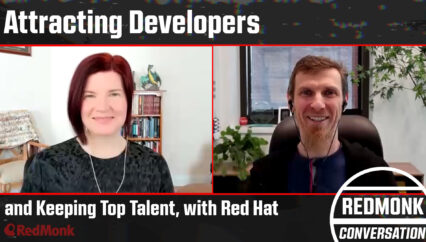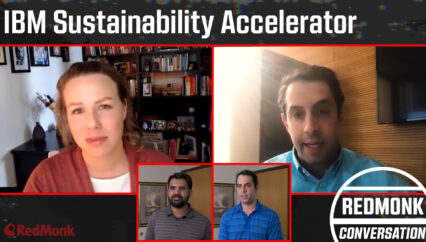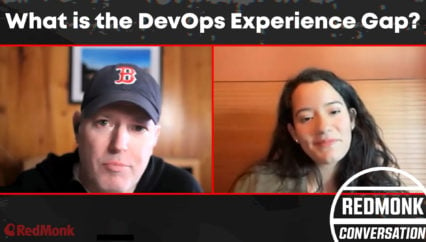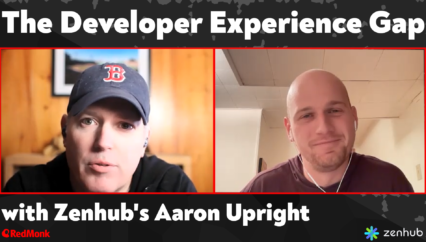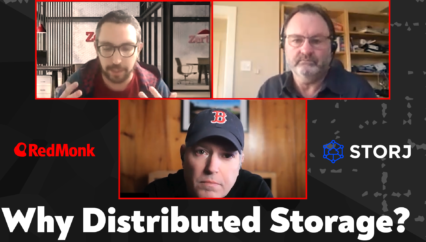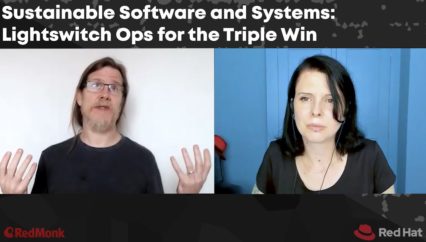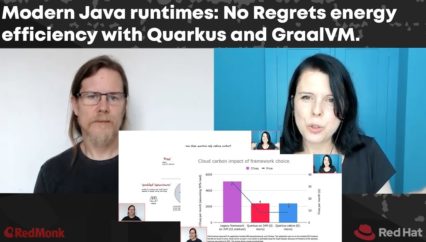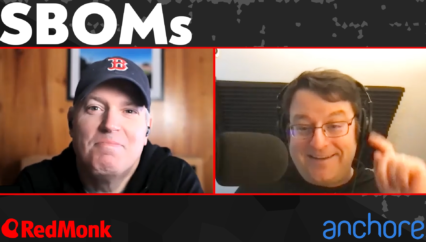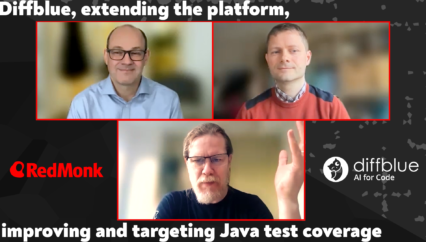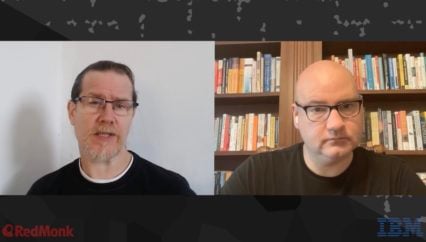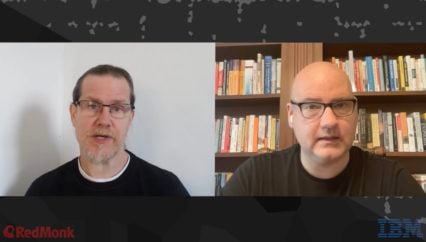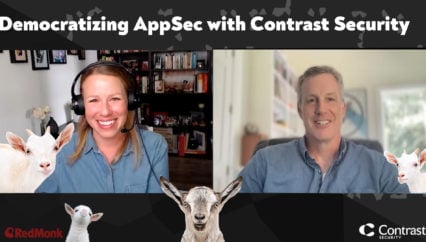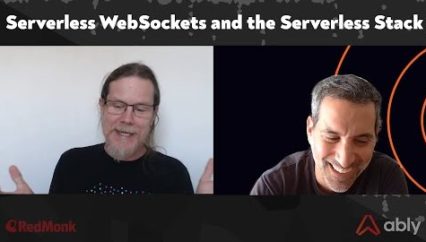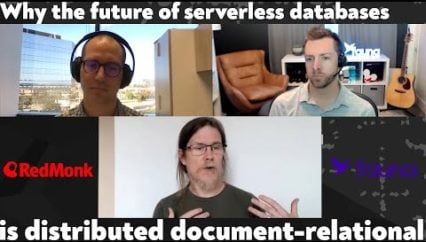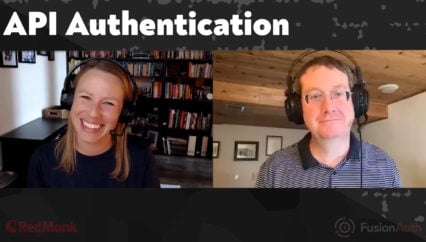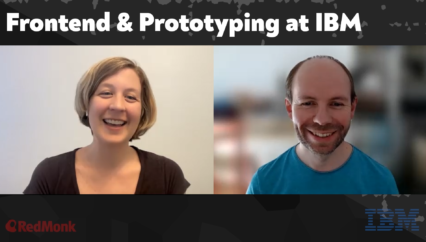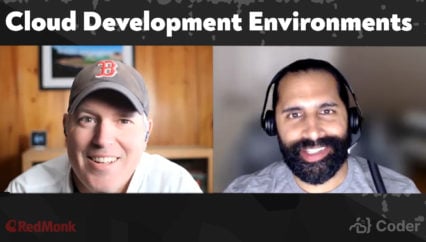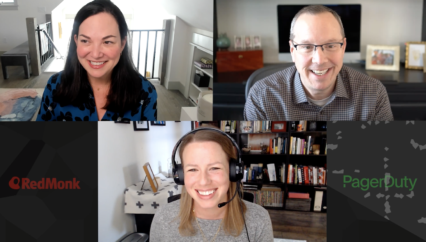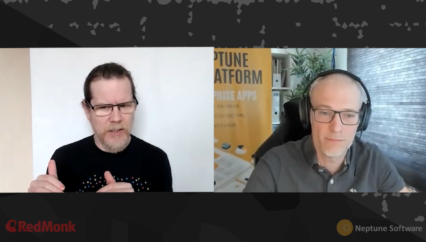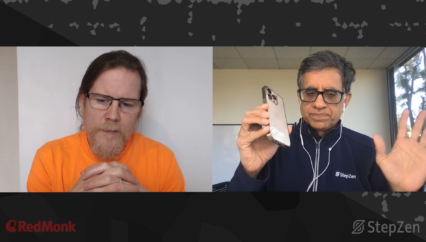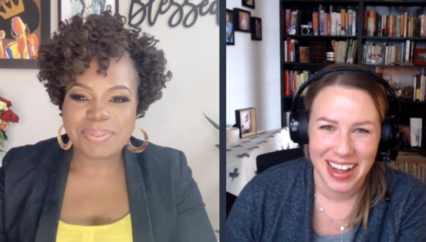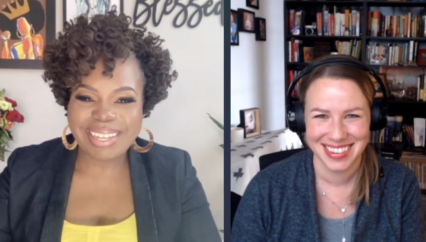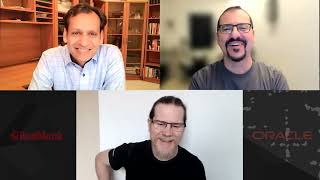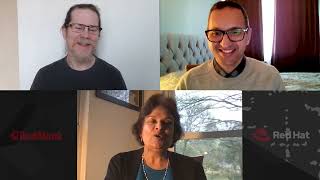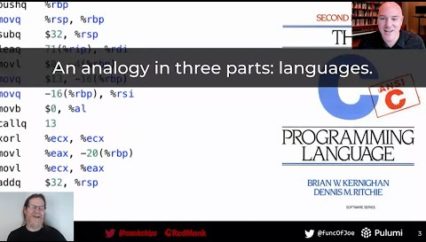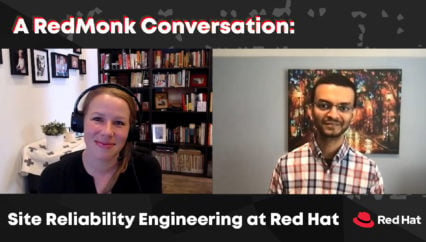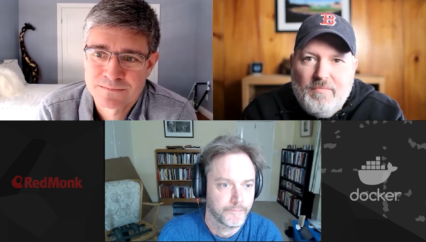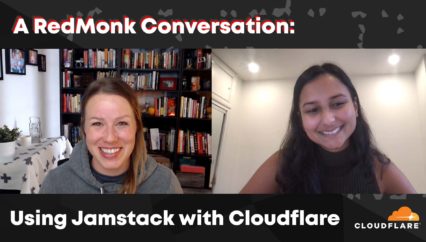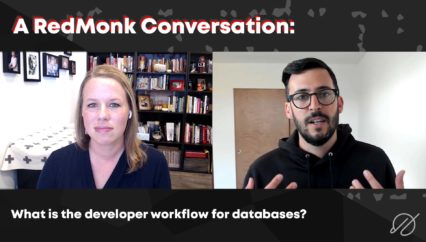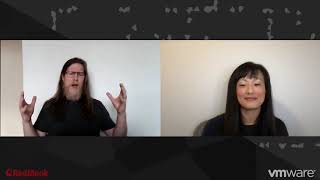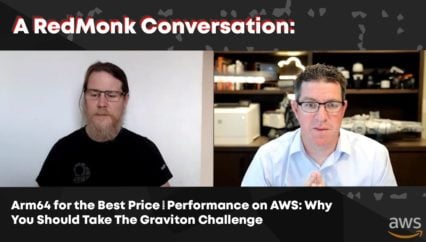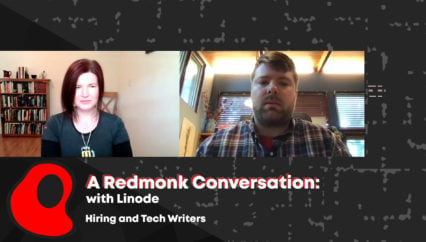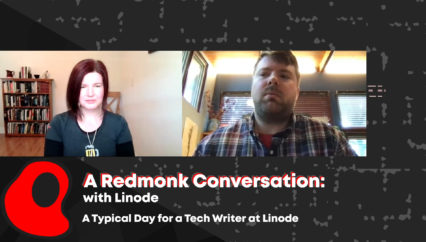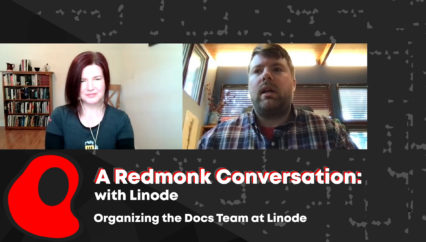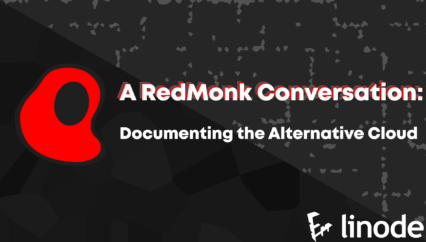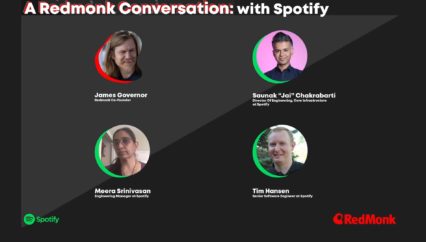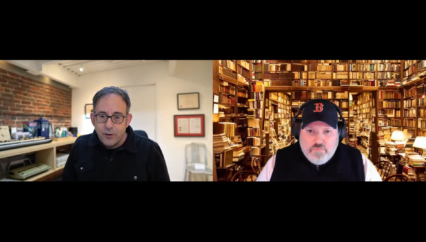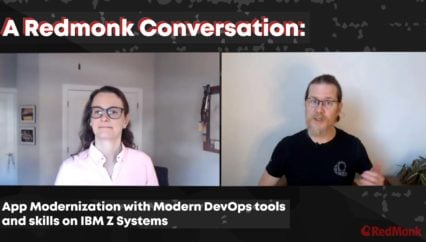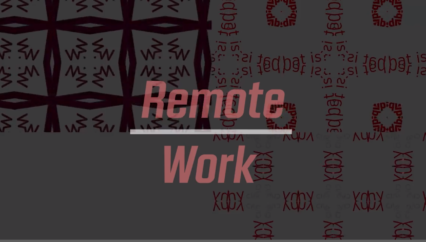In this RedMonk Conversation (filmed at Fastly Xcelerate in NYC), Kelly Fitzpatrick of RedMonk interviews Pete Karytko, Director of Technical Operations at Yottaa, to explore how the company leverages its expertise–and Fastly technologies–to help Yottaa’s customers deliver performant and secure experiences in the e-commerce space. With “Cyber Five” (the five days from U.S. Thanksgiving through the following “Cyber Monday”) fast approaching, Kelly and Pete discuss how Yottaa has expanded its partnership with Fastly, how Fastly has helped accelerate (pun intended) Yottaa’s migration to Fastly’s Compute and WAF products, and what they hope to see from Fastly in 2025.
This was a RedMonk video, sponsored by Fastly.
Rather listen to this as a podcast?
Transcript
Kelly Fitzpatrick: Hello there. This is Kelly Fitzpatrick from RedMonk here at Fastly Xcelerate in New York City. We’re here to have a conversation about technology–what we’re always talking about–with me is Pete Karytko. And I’m going to let him introduce himself. So, Pete, can you tell us a bit about who you are and what you do?
Pete Karytko: Yeah, Pete Karytko, I am the Director of Technical Operations at Yottaa in the web performance services group.
Kelly: That is a fancy title. I feel like that is one of the fancier titles that I’ve come across today.
Pete: New one. So it’s good.
Kelly: Yeah. So for folks out there who don’t know what does Yoda do? How are you helping your customers?
Pete: Yeah. So we primarily focus in retail e-commerce. We focus on performance and security of retailer brands and really with a goal of delivering the fastest experience from the browser and the most secure experience, and therefore improving conversion rates and improving revenue. And really trying to drive those numbers up for customers.
Kelly: And I feel like e-commerce, you always have cycles of demand, so to speak. Are there any times where that is more of a concern for you?
Pete: Oh, of course, it’s always, uh, in the industry known as “Cyber Five”, which is around Black Friday, Cyber Monday, that whole weekend; just everything you do all year is geared towards that for the most part.
Kelly: Great. And I’m really interested in terms of not only the tech that folks are using, but how they are using it. Can you tell me what is your team like? How many people are on it? Who’s doing what?
Pete: So we have, a from the technical perspective, we have a small team of our technical account managers that they’re all service reps that basically are helping our customers manage their security. They’re helping them do deployments of our performance technologies. And they’re just really experts in retail third party experiences and speed of all of that.
Kelly: And I feel like when we’re talking about what is important in terms of what you’re doing, things like speed, scale and security, those are like three of the most important things. Yeah. So how is your team helping your clients with all of that?
Pete: Yeah. So I mean, really a lot of our customers just don’t have the expertise or the staff to handle that. And so we come in and we’ve been in the industry for for quite a while now. And so we really have that expertise to make rule adjustments to develop, change code to speed up performance. We really have that expertise geared towards retail, knowing what the pitfalls are and really making sure that what gets delivered to your clients is fast.
Kelly: So you had mentioned that one of the ways that you help your clients is with skills. So not everybody has the knowledge or the skills or the staffing in order to do what needs to be done. Can you talk a little bit more about that? Because I feel like we’re in an era where people are struggling to figure out what is they should learn next, right?
Pete: Yeah. I mean, a lot of times for us it comes with, there’s a lot to know, right? One of the best examples that I have is with Core Web Vitals. That kind of come out of nowhere, that kind of came out of nowhere, and everybody was super focused on it, but nobody knows, or even the data that you get from Google systems is tough to figure out what to actually improve. How do you actually improve these numbers? And what does it mean for SEO? What does it mean for the speed of my site? And those sort of things. We’re putting a lot of time and effort into understanding how to fix them, how to collect metrics on them, more so than than even Google itself. And so that along with our knowledge of third parties. We work with a bunch of different retailers and so we see what everybody is using. We benchmark them. We understand the performance impact of individual third parties. Best ways to–do a lot of application sequencing–best ways to load them on your page to get the best performance. So it comes with the expertise of working with a lot of different retailers, a lot of different technologies and third parties and the metrics themselves that are at the client side that we’re constantly looking at. We’re constantly looking at how to improve and diagnose.
Kelly: And since we are at Fastly Xcelerate, I have to ask: where does Fastly come into all of this?
Pete: So we’re going through a little bit of an expansion of our partnership and being a customer of Fastly. And we’re really actually moving a lot of our, sunsetting an old technology where we managed hardware, we managed PoP locations across the globe and moving it all over to Fastly systems. And so we’re really expanding our presence in doing so, we’re actually taking advantage of the Compute edge because some of our core technology was executed at our locations. And so we’re really moving that over. And it’s just helping with speeding up our time to first byte, speeding up our metrics for our customers and really executing our core technology at the edge. Also, with Fastly, not only are we using Compute, but we also were providing our own WAF services previously, and we’re now moving that under Fastly as well. So we’re taking advantage of from the Varnish side to the Compute side to the next gen WAF. We’re also using that to deliver to our customers as well. And migrating our rule sets there over to there, which up to N-G WAF, which has been kind of a dream of the situation because of how the rules just using the signal system just work and not a lot of adjustment needed to be there. And even observability, we’re kind of just getting into logging and analytics there, but definitely taking advantage of observability and solving problems for our customers using it.
Kelly: And I feel like one of the words that you said, that is really important–because we don’t talk about this often in tech, we talk about here is our bleeding edge technology, and we’re going to build all of this new stuff on–but “migration”. So you have existing stuff and there’s a migration in progress.
Pete: Yep.
Kelly: How has that been and how has Fastly been in terms of partnering on that.
Pete: As far as the partnership goes? It’s been it’s been really easy. It’s been jumping in and developing for us or just guiding our technical account managers. Access to the support team, access to the services team. Having our own TAMs for both security and the delivery side has been really helpful. And we wouldn’t be able to do it without them essentially. In addition to that, the migration itself, it’s going pretty smooth. From when we cut that customer over, changed their DNS there’s been minimal issues. The Compute technology is working as expected. The HTML is getting transformed, which is what we’re using that Compute technology for. We previously were partnered with Fastly. So we’re used to the caching experience on Fastly already. But that transition has produced minimal issues, to be honest with you. And it’s been very, very quick. We’ve had no, haven’t had to do any sort of rollbacks or anything and bringing customers back. It’s just been, once they’re live, they’re just running and we haven’t had to have intervene too much to be honest with you.
Kelly: So, Pete, it sounds like your team has had so far a very successful migration. Do you have any advice to folks who are out there in terms of some of the challenges that they might not be expecting?
Pete: Yeah, I mean, some advice is bring Fastly with you, meaning use their services team. They’re very agile and any sort of, you know, we’re new to Compute, we’re new to Rust, we’re new to all these technologies. And so having them in our back pocket to help develop or to just help guide us through some of the differences between Varnish and Compute and how to deliver and request making requests to origin has, has really been, you know, really been helpful.
Kelly: So so far at Fastly Xcelerate New York City. What are you most excited about, like what talk have you seen that has made you be like, oh, I’m so excited about this.
Pete: Yeah. I joined the performance session. That was really good. We live in metrics, so that was good to get a nice reminder of that and how Fastly actually uses metrics and their theories on on ways to approach that. So that was really interesting. And then finding out more about some of the log insights, I think is what it’s going to be called. Some new stuff coming out there, which can be really good for us, because we’re about at the point where we’re going to need to develop for our analytics and our logging and all that. And so if it helps speed that up.
Kelly: So in terms of we’re at Fastly Xcelerate New York City. We’re getting towards the end of 2024. What are you excited about in terms of what comes next. Like what does 2025 look for you? What does it look like for what your team is hoping to to achieve for your customers?
Pete: So it’s really expanding now that we’ve got this partnership, we’re fully on Fastly. It’s really expanding. It puts us in a better spot to go out and expand with more brands, bring more people in, more brands in. But it’s also what else can Fastly do? We really feel like we’ve only really just got into the start of this and that there’s more we can do on Compute. We’re already seeing, you know, areas where we can move stuff from Varnish over to the Compute. We’re already looking at WebSockets and other things that we can do to expand and on the technologies that Fastly has to help us in our performance goals for customers.
Kelly: So let’s say folks out there have been listening to this conversation or watching this conversation, where can they go to find out more about Yottaa?
Pete: www.yottaa.com. It’s going to be the best place to start. Some of our tools, you’re able to test out and use right away. Go to that site and get a sense for what we’re all about.
Kelly: Well, Pete, thank you. This has been a great conversation. Thank you so much for talking to me today.
Pete: Thanks for having me.
